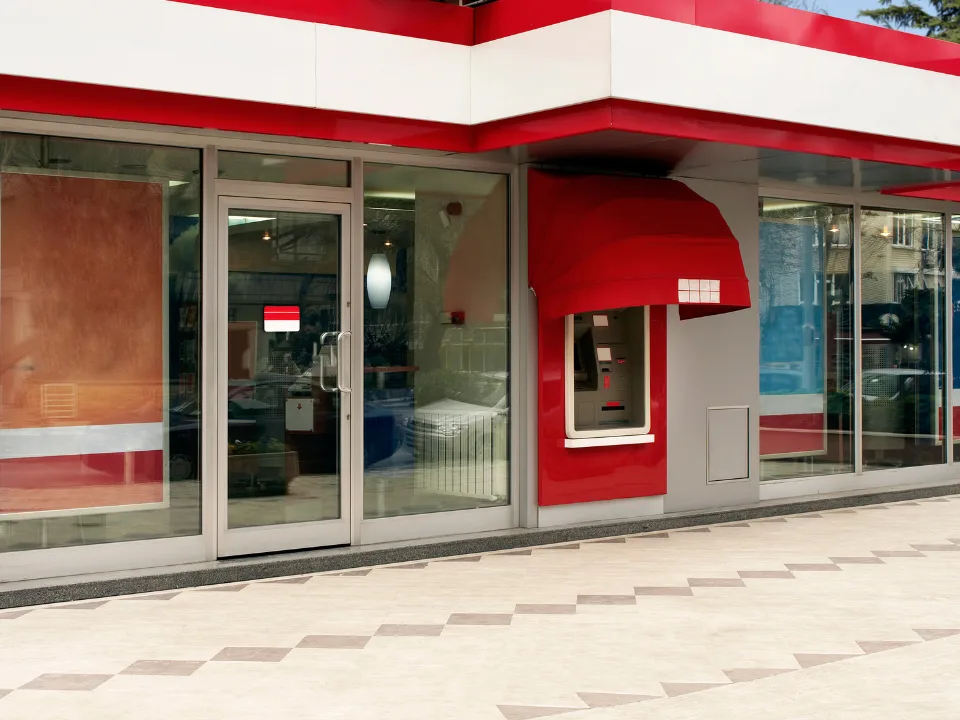- Higher interest rates have disproportionately affected larger commercial real estate transactions, with smaller deals proving more resilient.
- Office properties saw the biggest disparity, with a 1.5K-bp gap in sales volume declines between the largest and smallest deals.
- Recent transaction trends could indicate that the market is finally approaching a bottom, as larger assets start selling at steeper losses.
The U.S. commercial real estate market has been grappling with rising interest rates and the resulting increased cost of capital, which has led to a slowdown in investment activity.
Data from CBRE and MSCI suggest that larger deals are facing greater challenges, while smaller deals have been comparatively stable. As reported by GlobeSt, this trend could be an early indicator of the market bottoming out.
Different Deal Sizes
Recent analyses by CBRE, based on the MSCI Real Capital Analytics database, reveal that top-tier property deals have experienced sharper declines in value compared to smaller transactions. The disparities vary significantly across different property types:
- Industrial: The upper quartile of deals saw a 730-bp greater decline compared to the lowest quartile. Despite challenges, industrial properties have shown the most resilience.
- Multifamily: The difference was wider at 910 bps, but interestingly, the second quartile, rather than the largest, was the hardest hit.
- Retail: The second-to-lowest quartile of deals saw the most significant losses, followed by the lowest quartile. Meanwhile, top-tier deals performed best.
- Office: The biggest disparity was seen in offices, with a 1.5K-bp difference. Larger office deals have struggled the most to secure financing.
Feeling More Pain
According to CBRE, larger deals are more vulnerable due to several factors:
- Financing Challenges: Raising capital for larger assets will likely remain difficult as long as interest rates stay elevated. Investors prefer smaller, lower-leveraged deals that carry less financial risk.
- Shift in Office Demand: Smaller office properties have fared better because smaller businesses have been more successful in bringing employees back to offices, keeping occupancy rates steadier than in larger complexes.
Are We There Yet?
Moody’s and other analysts have highlighted that the struggles facing larger deals might indicate the market is nearing a bottom. Historically, markets tend to stabilize when major assets start selling at steep losses, signaling that owners are willing to cut their losses and exit.
Matt Reidy, a director of economic research at Moody’s, pointed out that recent quarters have begun to show more of these large transactions selling at significant losses, a potential precursor to market recovery.

















